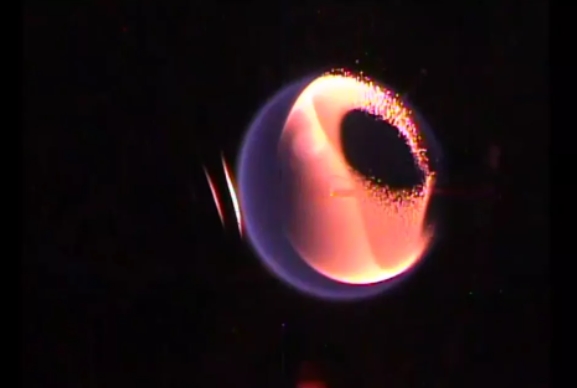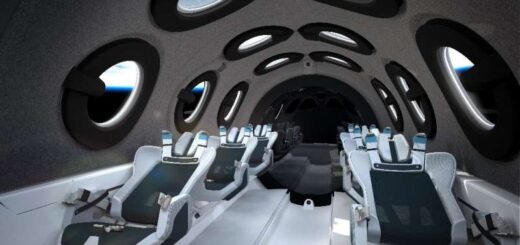Fire on the space station! Astronauts preparing ongoing combustion research
About 1,500 flames were ignited on the International Space Station in five years to learn how fire behaves in microgravity

Similar to the cult 1981 prehistoric fantasy film, NASA is on its own “Quest for Fire” to better understand how flames work in space.
The agency lit about 1,500 flames under six investigations on board of the International Space Station, as a part of the long-running Advanced Combustion via Microgravity Experiments, or ACME, project. The goal of the project, which began in 2017, used the microgravity environment to better understand the physics, structure and behavior of flames.
“That knowledge can help designers and engineers here on Earth develop furnaces, power plants, boilers, and other combustion systems that are more efficient, less polluting and safer,” Dennis Stocker, ACME Project Scientist at NASA Glenn Research Center, said in a recent agency statement.
NASA astronaut time is precious, so as much as possible the ACME team sought to run the experiments remotely from NASA’s Glenn ISS Payload Operations Center in Cleveland.
The experiments, housed inside a module inside the station’s Combustion Integrated Rack, spanned 4.5 years of in-orbit operations. While ACME is no longer there — it was removed in February to make place for a newer set of fire-safety experiments called the Solid Fuel Ignition and Extinction, or SoFIE — Stocker said the contribution of the ACME experiment set was more than originally envisioned.
“Over 1,500 flames were ignited, more than three times the number originally planned,” Stocker said. “Several ‘firsts’ were also achieved, perhaps most notably in the areas of cool and spherical flames.”
ACME’s hardware should return to Earth sometime in 2022, NASA noted, and will be repurposed for a new set of experiments that will go to space in the next few years.



 Creators of mankind
Creators of mankind Description of “Tall white aliens”
Description of “Tall white aliens” Where they came from?
Where they came from? About hostile civilizations
About hostile civilizations The war for the Earth
The war for the Earth “Tall white aliens” about eternal life
“Tall white aliens” about eternal life Video: “Nordic aliens”
Video: “Nordic aliens” Aliens
Aliens Alien encounters
Alien encounters The aliens base
The aliens base UFO
UFO Technology UFO
Technology UFO Underground civilization
Underground civilization Ancient alien artifacts
Ancient alien artifacts Military and UFO
Military and UFO Mysteries and hypotheses
Mysteries and hypotheses Scientific facts
Scientific facts


















